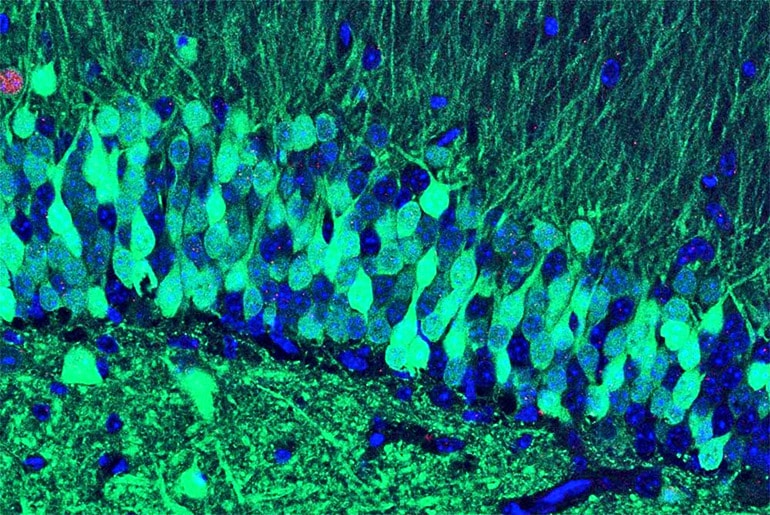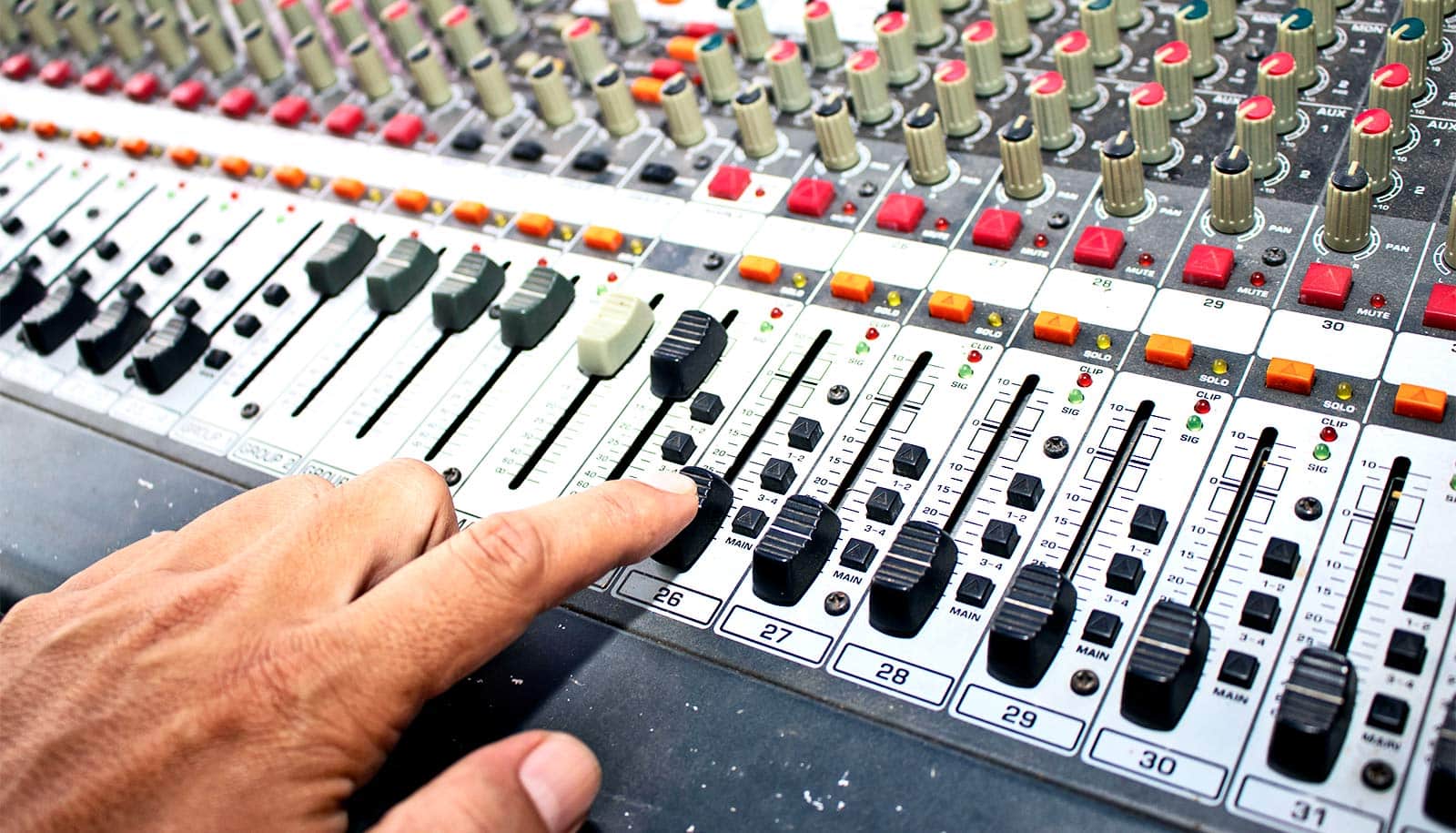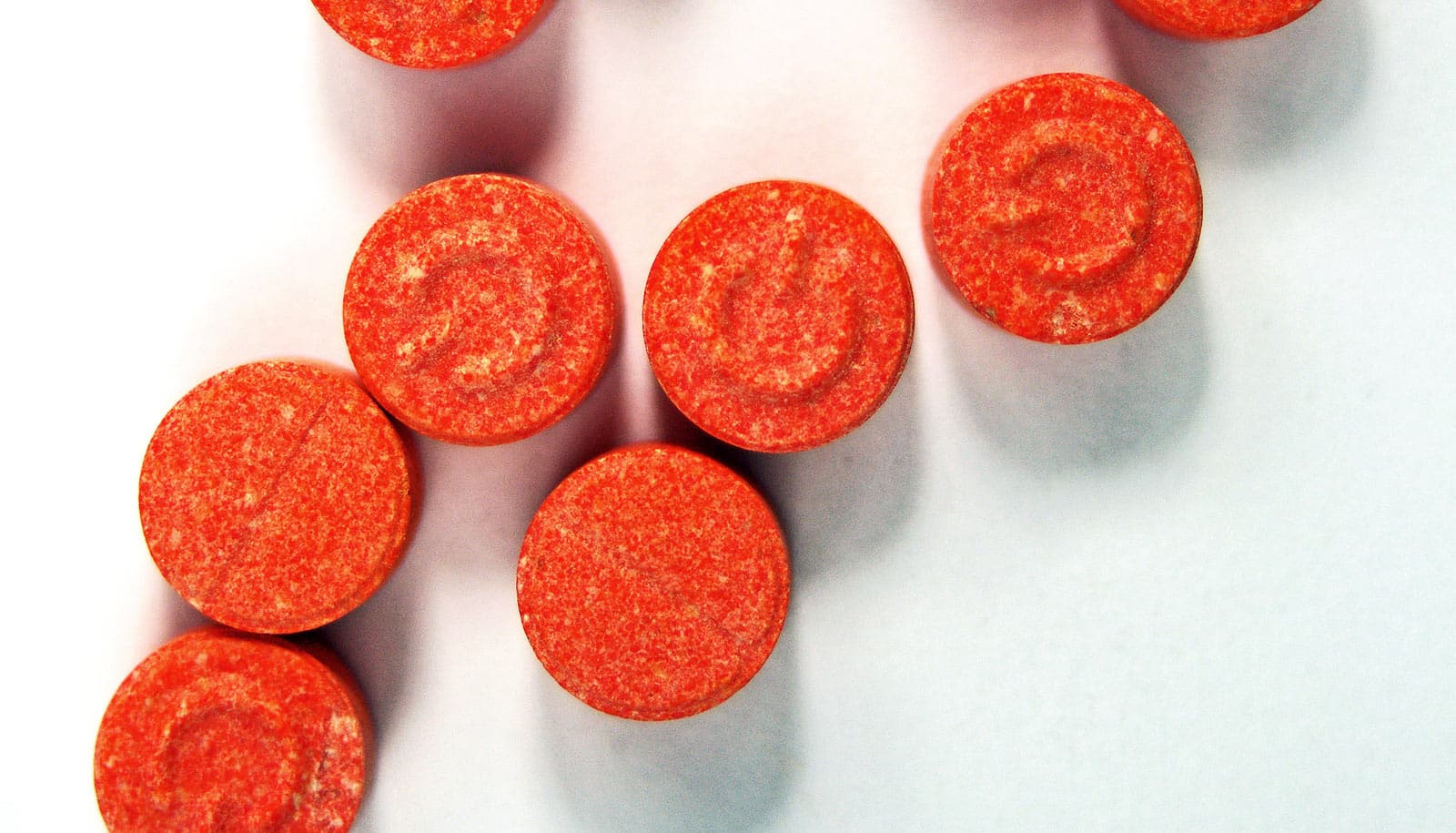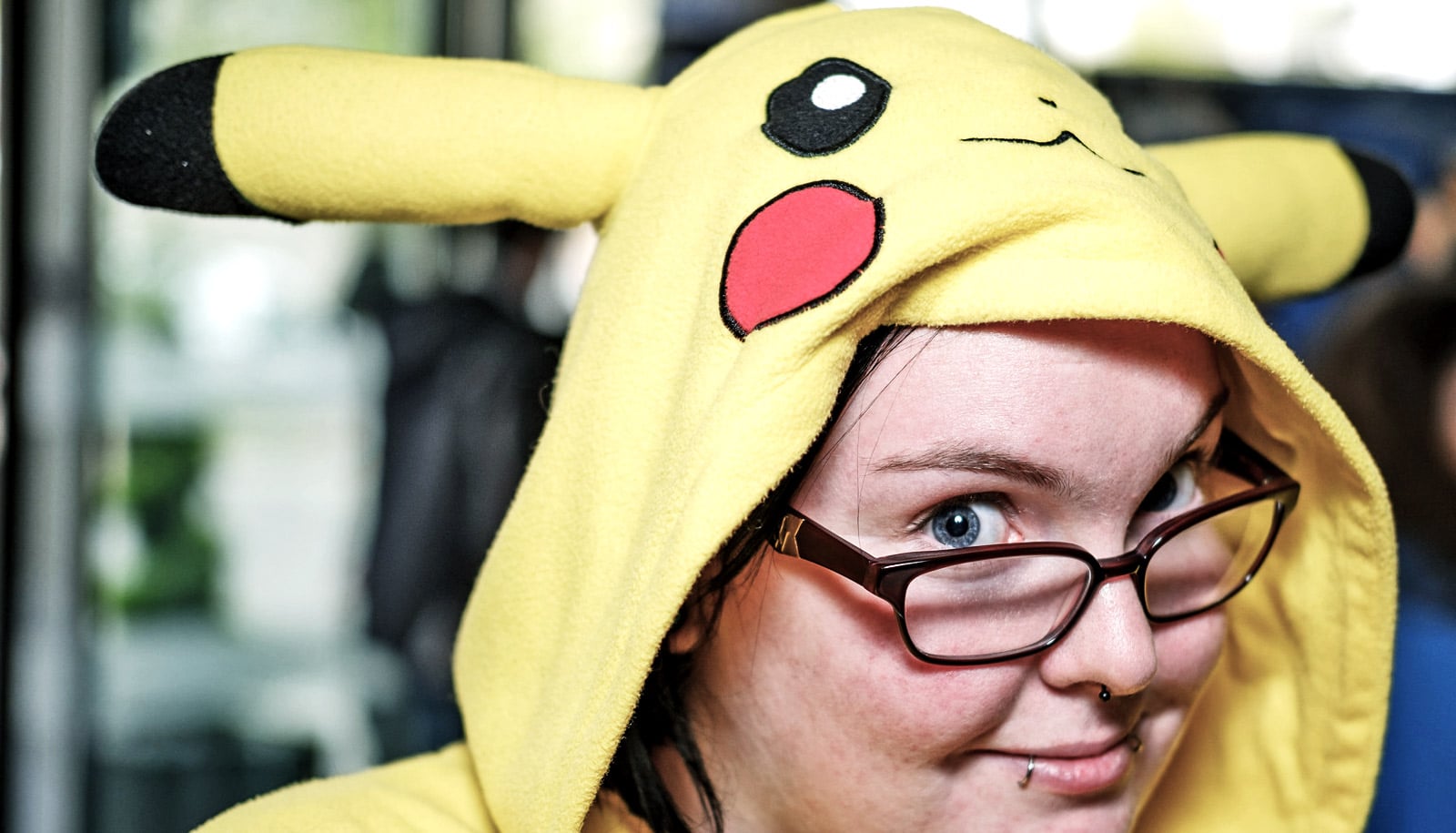New research shows just how pliable memory is if you know which regions of the hippocampus to stimulate. The discovery could someday lead to personalized treatment for people haunted by particularly troubling memories.
What if scientists could manipulate your brain so that a traumatic memory lost its emotional power over your psyche?
Senior author Steve Ramirez, an assistant professor of psychological and brain sciences at Boston University, believes that a small structure in the brain could hold the keys to future therapeutic techniques for treating depression, anxiety, and PTSD, someday allowing clinicians to enhance positive memories or suppress negative ones.
Trauma and memory
Inside our brains, a cashew-shaped structure called the hippocampus stores the sensory and emotional information that makes up memories, whether they’re positive or negative ones. No two memories are exactly alike, and likewise, each memory we have is stored inside a unique combination of brain cells that contain all the environmental and emotional information associated with that memory. The hippocampus itself, although small, comprises many different subregions all working in tandem to recall the elements of a specific memory.
“Many psychiatric disorders, especially PTSD, are based on the idea that after there’s a really traumatic experience, the person isn’t able to move on because they recall their fear over and over again,” says first author Briana Chen, a graduate researcher at Columbia University studying depression.
In the study, Chen and Ramirez show how traumatic memories—such as those at the root of disorders like PTSD—can become so emotionally loaded. By artificially activating memory cells in the bottom part of the brain’s hippocampus, negative memories can become even more debilitating. In contrast, stimulating memory cells in the top part of the hippocampus can strip bad memories of their emotional oomph, making them less traumatic to remember.
Well, at least if you’re a mouse.
Mapping the memory
Using a technique called optogenetics, Chen and Ramirez mapped out which cells in the hippocampus activated when male mice made new memories of positive, neutral, and negative experiences. A positive experience, for example, could be exposure to a female mouse. In contrast, a negative experience could be receiving a startling but mild electrical zap to the feet.

Then, identifying which cells were part of the memory-making process (which they did with the help of a glowing green protein designed to literally light up when cells activate), they were able to artificially trigger those specific memories again later, using laser light to activate the memory cells.
Their studies reveal just how different the roles of the top and bottom parts of the hippocampus are. Activating the top of the hippocampus seems to function like effective exposure therapy, deadening the trauma of reliving bad memories. But activating the bottom part of the hippocampus can impart lasting fear and anxiety-related behavioral changes, hinting that this part of the brain could be overactive when memories become so emotionally charged that they are debilitating.
That distinction, Ramirez says, is critical. He says that it suggests suppressing overactivity in the bottom part of the hippocampus could potentially be used to treat PTSD and anxiety disorders. It could also be the key to enhancing cognitive skills, “like Limitless,” he says, referencing the 2011 film starring Bradley Cooper in which the main character takes special pills that drastically improve his memory and brain function.
A sneak preview of the future?
“The field of memory manipulation is still young… It sounds like sci-fi but this study is a sneak preview of what’s to come in terms of our abilities to artificially enhance or suppress memories,” says Ramirez.
“We’re a long way from being able to do this in humans, but the proof of concept is here,” Chen says. “As Steve likes to say, ‘never say never.’ Nothing is impossible.”
“This is the first step in teasing apart what these [brain] regions do to these really emotional memories… the first step toward translating this to people, which is the holy grail,” says memory researcher Sheena Josselyn, a neuroscientist at the University of Toronto who was not involved in this study. “[Steve’s] group is really unique in trying to see how the brain stores memories with the goal being to help people…. They’re not just playing around but doing it for a purpose.”
Although mouse brains and human brains are very different, Ramirez, who is also a member of the Center for Systems Neuroscience and the Center for Memory and Brain, says that learning how these fundamental principles play out in mice is helping his team map out a blueprint of how memory works in people.
Being able to activate specific memories on demand, as well as targeted areas of the brain involved in memory, allows the researchers to see exactly what side effects come along with different areas of the brain being overstimulated.
“Let’s use what we’re learning in mice to make predictions about how memory functions in humans,” he says. “If we can create a two-way street to compare how memory works in mice and in humans, we can then ask specific questions [in mice] about how and why memories can have positive or negative effects on psychological health.”
The paper appears in Current Biology.
A National Institutes of Health Early Independence Award, a Young Investigator Grant from the Brain and Behavior Research Foundation, a Ludwig Family Foundation Grant, and the McKnight Foundation Memory and Cognitive Disorders Award funded the research.
Source: Boston University



